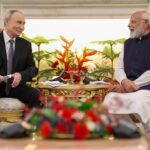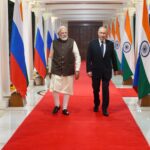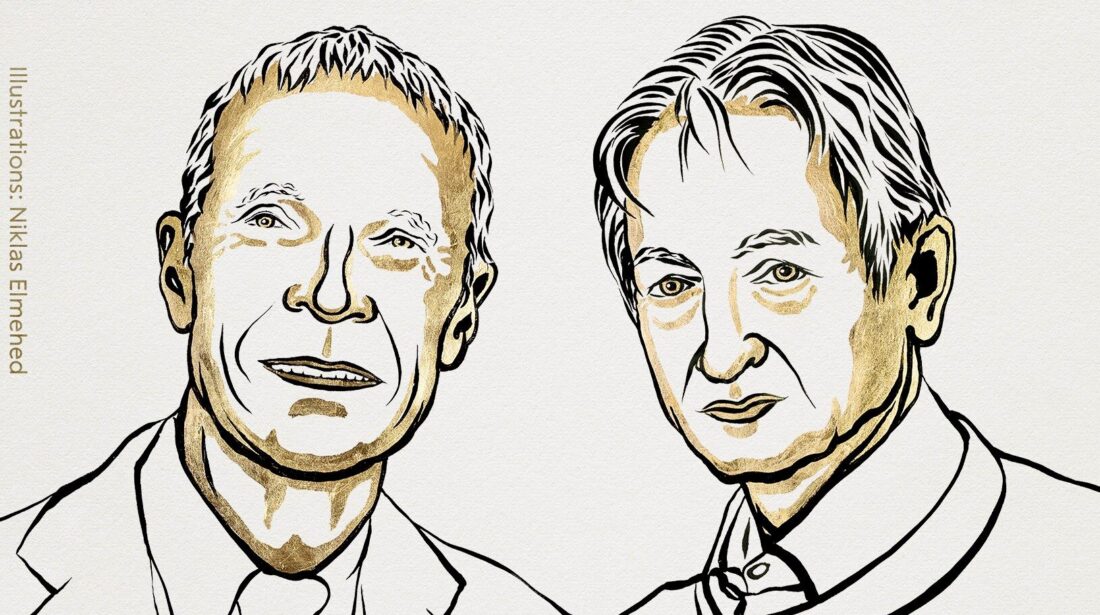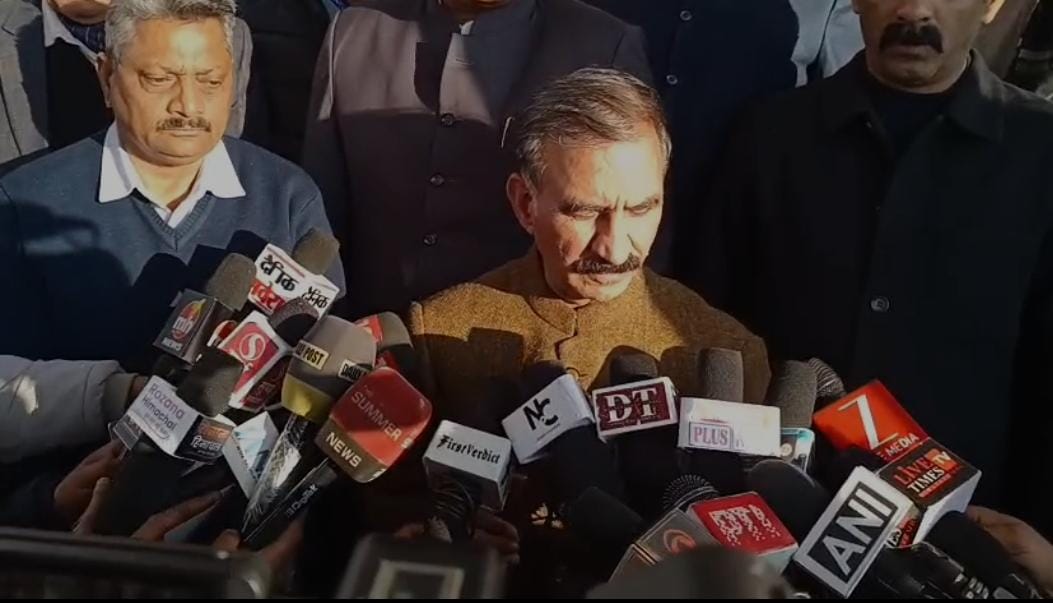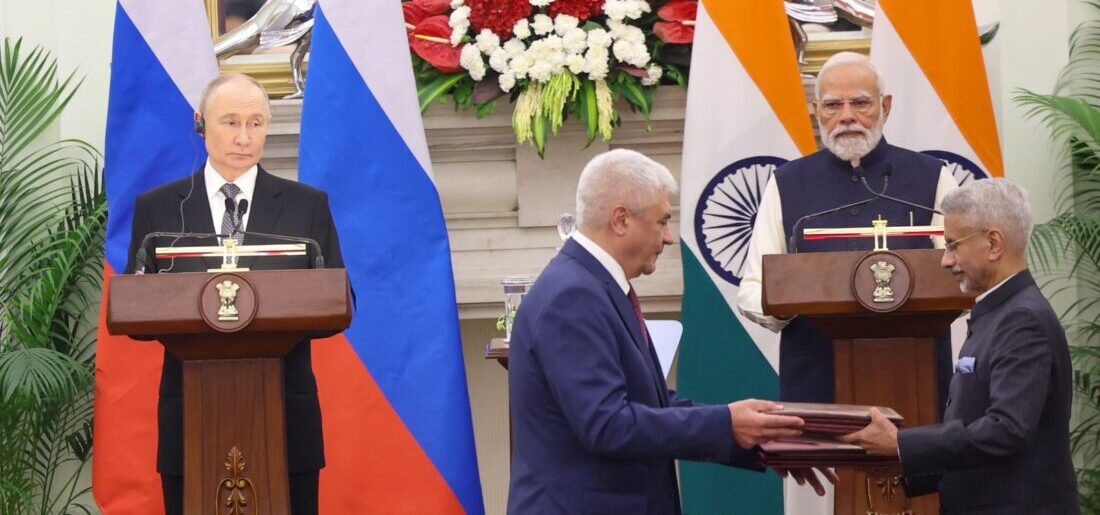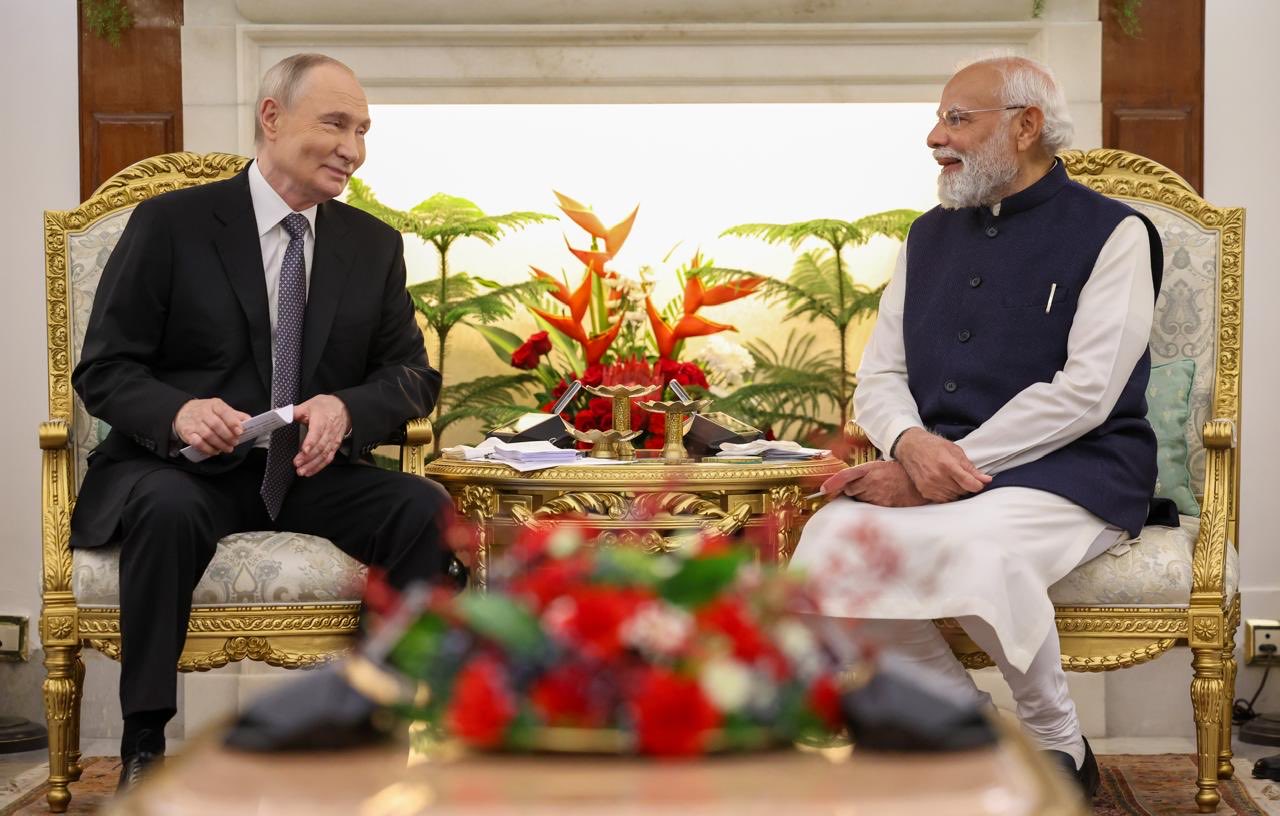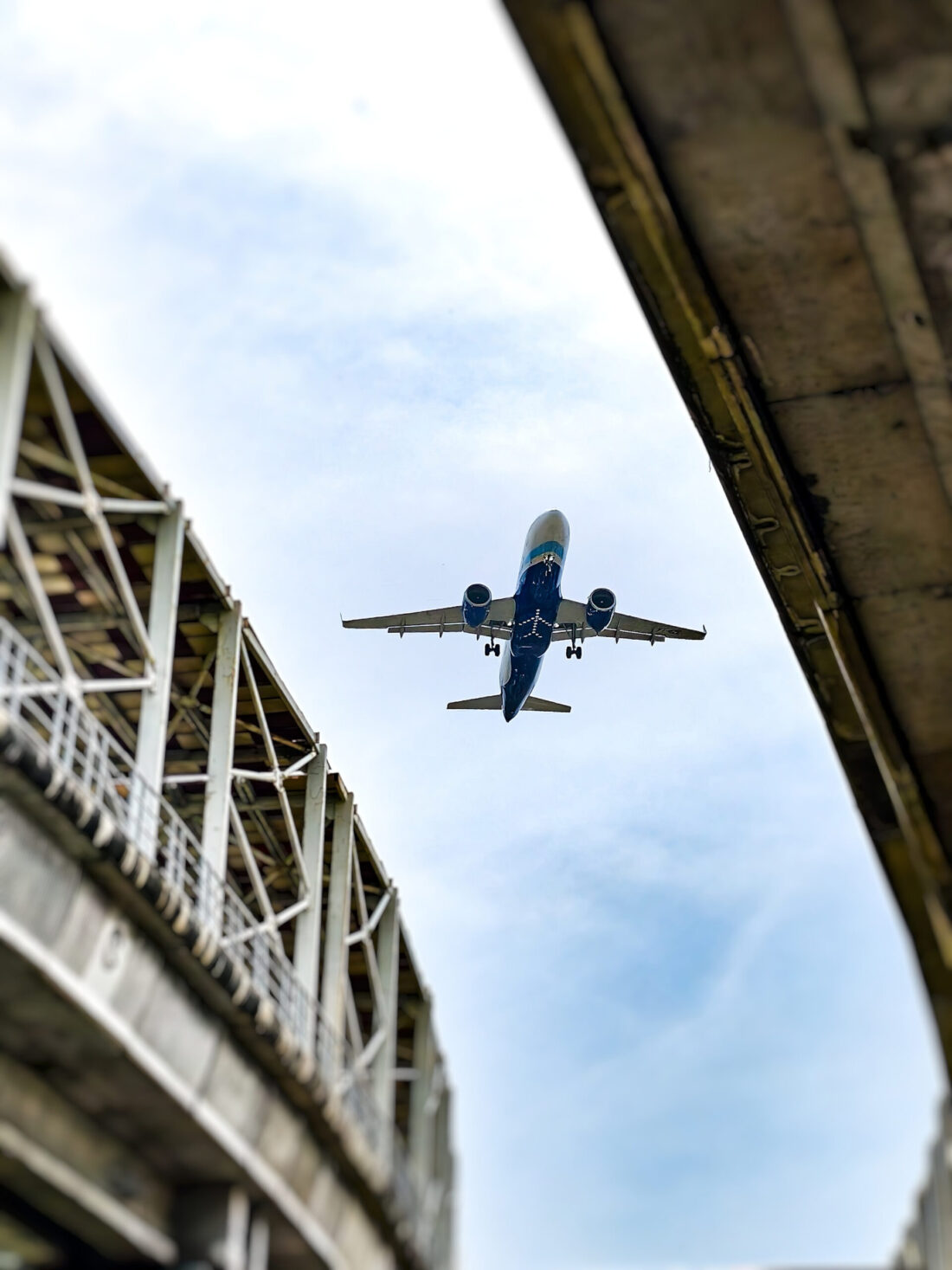North News
New Delhi, October 8
The Royal Swedish Academy of Sciences has awarded the 2024 Nobel Prize in Physics to John J. Hopfield and Geoffrey E. Hinton for their groundbreaking contributions that laid the foundation for machine learning through artificial neural networks.
Hopfield and Hinton utilized principles from physics to create methods crucial to modern machine learning technologies. John Hopfield developed an associative memory system capable of storing and reconstructing images and various data patterns. Meanwhile, Geoffrey Hinton pioneered a technique that autonomously identifies properties within data, facilitating tasks like recognizing specific features in images.
In an official statement, the Academy emphasized the significance of machine learning in artificial intelligence, noting that these technologies are inspired by the brain’s structure. In artificial neural networks, brain neurons are represented as nodes with variable values. These nodes interact through connections, akin to synapses, which can strengthen or weaken based on training, thus enhancing the network’s ability to process information.
Hopfield’s invention employs physics to describe a material’s characteristics related to atomic spin—where each atom behaves as a tiny magnet. His network operates by minimizing energy to recreate stored images when presented with distorted or incomplete inputs.
Hinton, building on Hopfield’s work, introduced the Boltzmann machine, which learns to recognize essential features in data sets. This machine employs statistical physics to train on examples likely to occur, enabling it to classify images and generate new data samples.
Ellen Moons, Chair of the Nobel Committee for Physics, highlighted the profound impact of the laureates’ work, stating that artificial neural networks are utilized in various fields, including the development of new materials with tailored properties.






